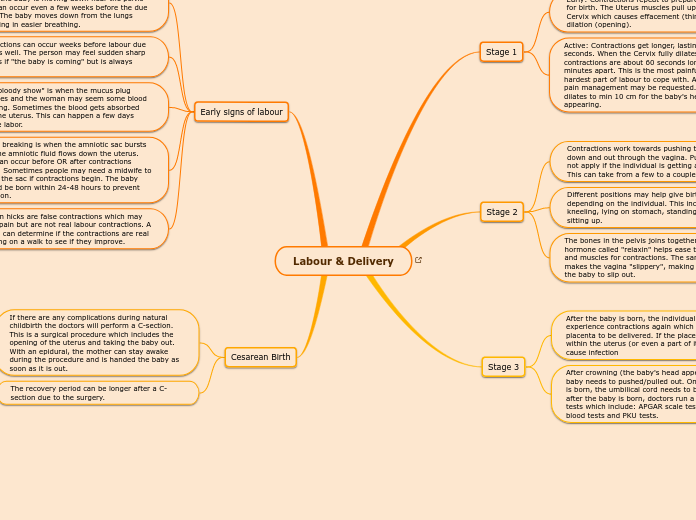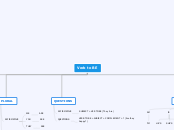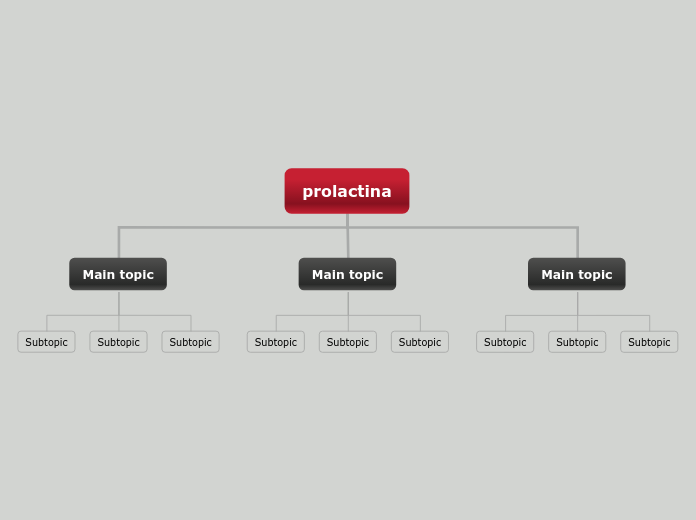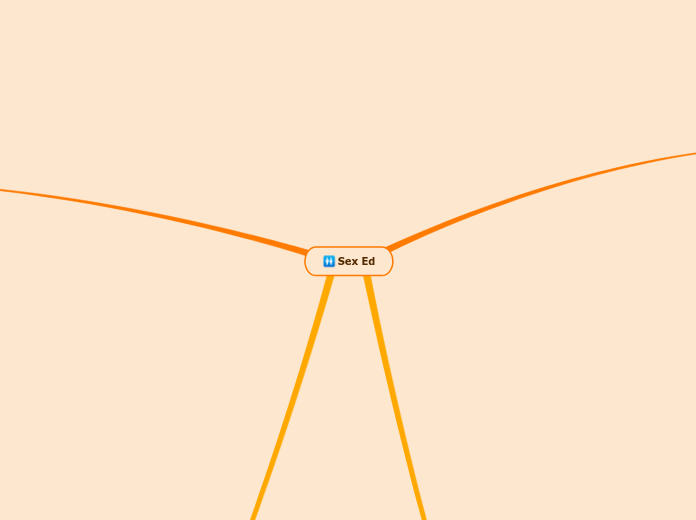Labour & Delivery
Check the link from this topic to learn more about global warming effects, then think about 7 ideas for preventing global warming.
Cesarean Birth
The recovery period can be longer after a C-section due to the surgery.
If there are any complications during natural childbirth the doctors will perform a C-section. This is a surgical procedure which includes the opening of the uterus and taking the baby out. With an epidural, the mother can stay awake during the procedure and is handed the baby as soon as it is out.
Early signs of labour
Braxton hicks are false contractions which may cause pain but are not real labour contractions. A person can determine if the contractions are real by going on a walk to see if they improve.
Water breaking is when the amniotic sac bursts and the amniotic fluid flows down the uterus. This can occur before OR after contractions begin. Sometimes people may need a midwife to break the sac if contractions begin. The baby should be born within 24-48 hours to prevent infection.
The "bloody show" is when the mucus plug releases and the woman may seem some blood spotting. Sometimes the blood gets absorbed into the uterus. This can happen a few days before labor.
Contractions can occur weeks before labour due date as well. The person may feel sudden sharp pain as if "the baby is coming" but is always false.
Lightening: Time passes slowly and the woman may feel "Lightening" during this time. This is when the baby is moving down near the pelvis and can occur even a few weeks before the due date. The baby moves down from the lungs resulting in easier breathing.
Stage 3
After crowning (the baby's head appearing) the baby needs to pushed/pulled out. Once the baby is born, the umbilical cord needs to be cut. Right after the baby is born, doctors run a variety of tests which include: APGAR scale test, reflexes, blood tests and PKU tests.
After the baby is born, the individual may experience contractions again which is for the placenta to be delivered. If the placenta is left within the uterus (or even a part of it) it can cause infection
Stage 2
The bones in the pelvis joins together and a hormone called "relaxin" helps ease the bones and muscles for contractions. The same hormone makes the vagina "slippery", making it easier for the baby to slip out.
Different positions may help give birth easier depending on the individual. This includes kneeling, lying on stomach, standing up and sitting up.
Contractions work towards pushing the baby down and out through the vagina. Pushing does not apply if the individual is getting a C-section. This can take from a few to a couple hours.
Stage 1
Type in your idea for preventing global warming.
Active: Contractions get longer, lasting about 60 seconds. When the Cervix fully dilates, the contractions are about 60 seconds long and 2-3 minutes apart. This is the most painful and hardest part of labour to cope with. At this time pain management may be requested. Cervix dilates to min 10 cm for the baby's head to start appearing.
Early: Contractions repeat to prepare the body for birth. The Uterus muscles pull up on the Cervix which causes effacement (thinning) and dilation (opening).
Type in an argument for this idea.









